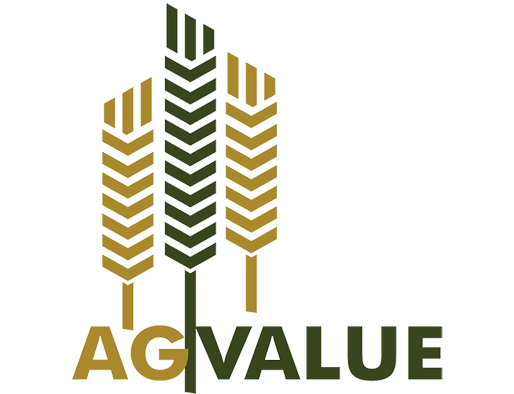
3 Great Strategies for Evaluating Poultry Farm Efficiency
Optimizing poultry farm efficiency is paramount for maximizing profitability and sustainability. AgValue Consulting recommends focusing on three strategic areas: leveraging Key Performance Indicators (KPIs), conducting comprehensive Cost-Benefit Analysis, and integrating advanced Technology solutions. These approaches offer a holistic view of your farm’s operations, guiding you toward informed decisions and enhanced productivity.
TLDR:
- Utilize precise KPIs for performance tracking and operational insights.
- Perform detailed cost-benefit analysis to understand financial dynamics.
- Embrace technology to streamline operations and enhance decision-making.
- Regularly review and adjust strategies to improve farm efficiency.
- Aim for continuous profitability and efficiency gains through data-driven management.
Leveraging Key Performance Indicators (KPIs)
Key Performance Indicators (KPIs) are vital metrics that measure the operational success of your poultry farm, providing a clear picture of its efficiency and areas for improvement. AgValue Consulting emphasizes the importance of KPIs such as the Feed Conversion Ratio (FCR) and mortality rate in assessing the productivity and health of your flock.
- Feed Conversion Ratio (FCR): This KPI evaluates how efficiently your poultry converts feed into body weight, directly influencing production costs and profitability.
- Mortality Rate: Monitoring this KPI helps identify health and environmental issues, guiding interventions to improve flock welfare and productivity.
- Egg Production Rate: For layer operations, tracking egg production rates is crucial in assessing the reproductive efficiency of your hens.
Conducting Cost-Benefit Analysis
A comprehensive cost-benefit analysis offers a quantitative foundation for making financially sound decisions, weighing the costs against the benefits of various farm operations and investments.
- Inclusive Accounting: Consider all direct and indirect costs, from feed and labor to maintenance and capital investments.
- Benefit Assessment: Quantify the tangible and intangible benefits, including product sales, operational improvements, and brand enhancement.
- Ongoing Evaluation: Regularly revisiting your cost-benefit analysis ensures adaptive management and continuous optimization of resources and strategies.
Integrating Advanced Technology
Technology integration is a game-changer in modern poultry farming, offering tools and systems that automate tasks, improve monitoring, and support strategic decision-making.
- Automation: Automated feeding, watering, and climate control systems enhance efficiency, reduce labor costs, and maintain optimal growing conditions.
- Data Analytics: Utilize software and sensors to collect and analyze data on various farm aspects, from environmental conditions to animal health, driving improvements based on actionable insights.
- Health Management: Technological advancements in health monitoring and disease prevention support proactive flock management, reducing losses and improving productivity.
Adapting to Change for Enhanced Efficiency
AgValue Consulting advocates for a dynamic approach to farm management, where regular review and adaptation of these strategies lead to sustained efficiency and profitability improvements. By staying informed of industry trends and technological advancements, you can continually refine your operations, ensuring your poultry farm remains competitive and profitable in a changing agricultural landscape.
Implementing these strategies, with a focus on data-driven decision-making and technological integration, positions poultry farms for success in today’s demanding market, aligning with AgValue Consulting’s commitment to fostering sustainable and efficient agricultural practices.
